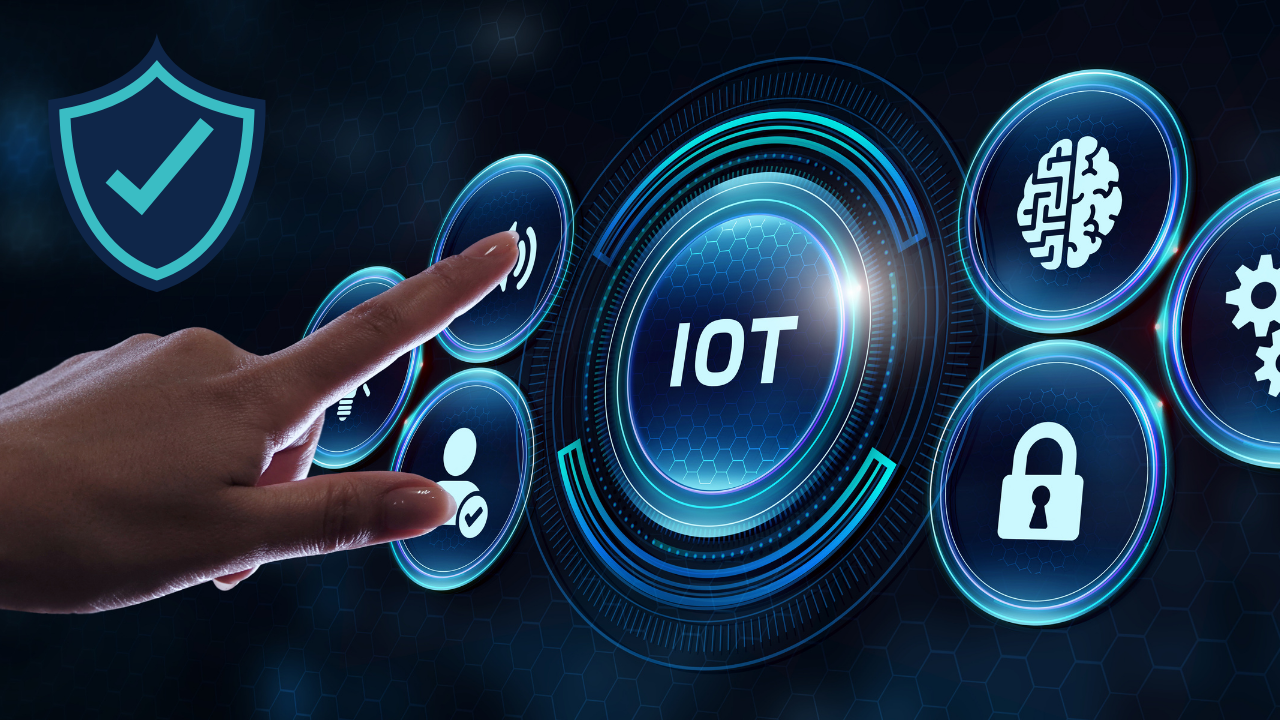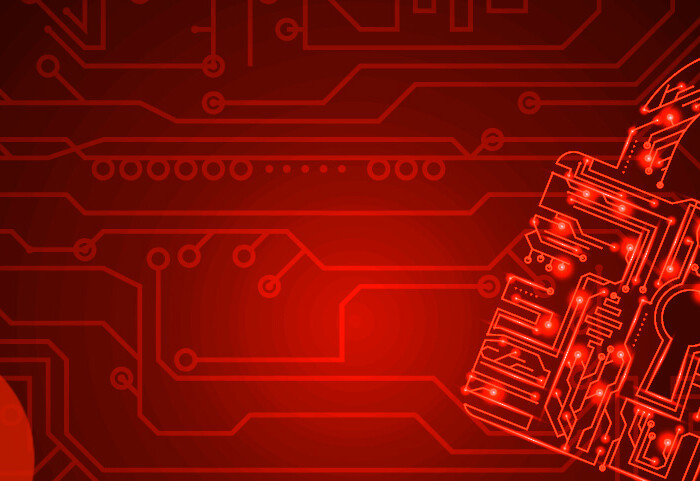The Internet of Things (IoT) presents unknowns and challenges in terms of privacy and security for users. With the continued growth of the IoT, more and more everyday and industrial devices are becoming connected to the network. This move towards hyper-connectedness requires protective measures due to the intelligence and behaviour of devices.
Security in the IoT is a crucial issue due to the accelerated growth of connected devices and the interconnection of diverse systems. As IoT devices become more common in smart homes, businesses and cities, so do the associated security risks. In this article, we will focus on addressing security challenges in the Internet of Things (IoT) and explore various strategies and solutions to mitigate the associated risks. We will analyse the most common issues, such as weak passwords, lack of firmware updates and unencrypted communication, and provide practical recommendations to overcome them.
Difficulties with the security of IoT devices
If we were to determine the top weakness in the Internet of Things, it would definitely be security. This aspect is crucial not only in consumer devices, but also in the engineering and manufacturing of these interconnected systems.
The growing adoption of the Internet of Things (IoT) has brought with it numerous advances in the way we interact with devices and data in our daily lives. However, this rapid growth has also raised a number of challenges in terms of security that need to be effectively addressed.
One of the main difficulties with IoT device security is the diversity of technologies and standards used. With so many manufacturers and vendors involved in the IoT ecosystem, a multitude of devices and protocols with different levels of security have been developed. This creates additional complexity when trying to ensure security in all aspects of the IoT network.
In addition, the distributed nature and wide variety of IoT devices present unique challenges for implementing effective security measures. Many IoT devices have limited resources, such as processing power and storage, making it difficult to implement robust security measures. This can make devices vulnerable to attacks, as they may lack the ability to execute advanced security functions.
Lack of security awareness and education is also a major challenge in the IoT domain. Many users and businesses are not fully informed about the risks associated with IoT devices and may not take the necessary precautions to protect their systems and data. Lack of understanding of security best practices can leave devices open to attack and compromise privacy and data integrity.
Security problems of the Internet of Things (IOT)
IoT has to think beyond usability and apply sufficient focus on things like:
- Software protection.
- Implementation of practices against vulnerabilities.
- Ensuring the authenticity and integrity of future patches.
We now present the 10 most common security problems of IOT in this domain and their possible solutions:
1. Ecosystem Complexity
Since it should not look like a compendium of stand-alone devices, IoT becomes tangled in its complexity. IoT should to be understood as a rich, broad and diverse ecosystem that integrates people, communications and interfaces.
Although it simplifies life and industrial production, the application of the concept is not simple, as there are many components in its ecosystem. These range from sensors (devices), networks (bridges, routers, WiFi technology, LiFi, etc.) technological standards (protocols: network, communication and data) and regulations (confidentiality and security).
-Find out → Privacy in IoT: things to keep in mind-
2. Limited capacities in devices
Many IoT devices come with inherent limitations in power, processing and memory.
As a consequence, they are not always managed with the advanced security patterns the need, which is why they are at greater risk of being attacked or succumbing to defects.
That’s why the architecture of the equipment has to be scalable because it’s a way to offer security.
3. Limited experience
As technologies related to the Internet of Things are in many cases still relatively new, we do not have a background of previous threats to let us know about failures in protection. There are not many cybersecurity experts specializing in IoT. A few basic rules are barely available.
4. Threats and attacks
There are computer programs specially designed to attack IoT devices and the ecosystem itself. These are threats called malware. They perform unwanted actions without the user’s consent, causing damage and data theft.
Exploit Sequences are other code-based abuses that take advantage of fragile points to access the system, hitting the infrastructure with a high to severe impact, depending on the assets affected.
Among other threats, we can also mention information modification, message reproduction, network failure, system or device failures, data filtering and device modification.
Often, manufacturers strive to reduce the development and launch cycle of products, prioritising time to market and the volume of sales and without stopping to consider fundamental factors in the design phase, such as access control or encryption of information, among many others…
5. Privacy
When we accept any contract without reading or understanding the clauses it contains, and in truth we all do sometimes, the privacy of our information is at risk.
You are not alone. The number of people who click “accept” without understanding or even reading the terms when using applications or devices to work with the Internet of Things is extremely high.
Manufacturers, eager to stay one step ahead of the competition, do not always apply enough diligence towards auditing their equipment sufficiently, and often do not dedicate sufficient resources to ensure that those who embrace these devices within their lives can be fully confident.
-Discover in this post how easy it is to implement an Identity Management solution.-
6. Reduced costs
In order to reduce costs, manufacturing companies could limit security investment. The result can be equipment that can never provide adequate protection. The end user would always be at risk.
Reducing costs in hardware as well as in development in this context can be a terrible mistake. The user is the one who ends up paying.
7. Lack of clarity in responsibilities
Regarding safety in IoT devices, there are three key players: manufacturer, service provider and user. In the event of a cyber attack, the assignment of responsibilities is not entirely clear and can lead to conflicts.
Another important aspect is how security would be managed when a component is shared between several parties.
8. Lack of rigour in data processing
At the heart of most security problem’s in IoT is that the user is often unaware of how the data they transmit via sensor devices will be used, because conventional methods of consent are of poor quality, i.e. they do not specify the subsequent handling of personal information.
Such information could reach third parties, and the user will not be aware of this.
9. Safety versus efficiency
The speed with which IoT devices are to be manufactured limits safeguard considerations, and the budget is likely to have an impact, which means the company would emphasize usability rather than security.
10. Limitation of anonymity
It’s linked to a lack of rigour in data processing. Sometimes we assume that anonymity is guaranteed in any service we use, but it really is not.
In IoT, to guarantee this, it is necessary to optimize the techniques of access control, encryption, design privacy, safeguarding the location and any basic aspect to avoid any undesired intervention.
Conclusion
After determining the main problems posed by the IoT, it is important to highlight once again the role of technology partners such as Chakray. If your company needs the advice to implement the best IoT solution, you’re in the right place! Contact us.
Contact our team and discover the cutting-edge technologies that will empower your business.

Talk to our experts!




